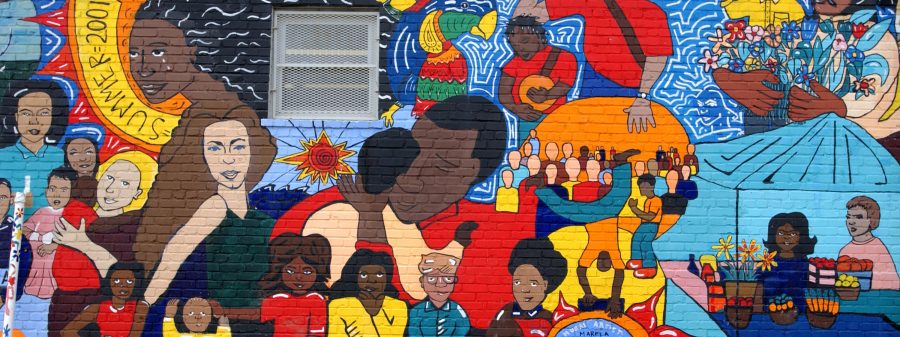
Deaf History Month, observed March 13 to April 15, is a celebration of the accomplishments of D/deaf* and hard-of-hearing individuals and Deaf culture. The month begins on March 13 with the anniversary of the founding of America’s first Deaf college, Gallaudet University. April 15 closes the month by honoring Gaulldet’s first Deaf president, King Jordan.





